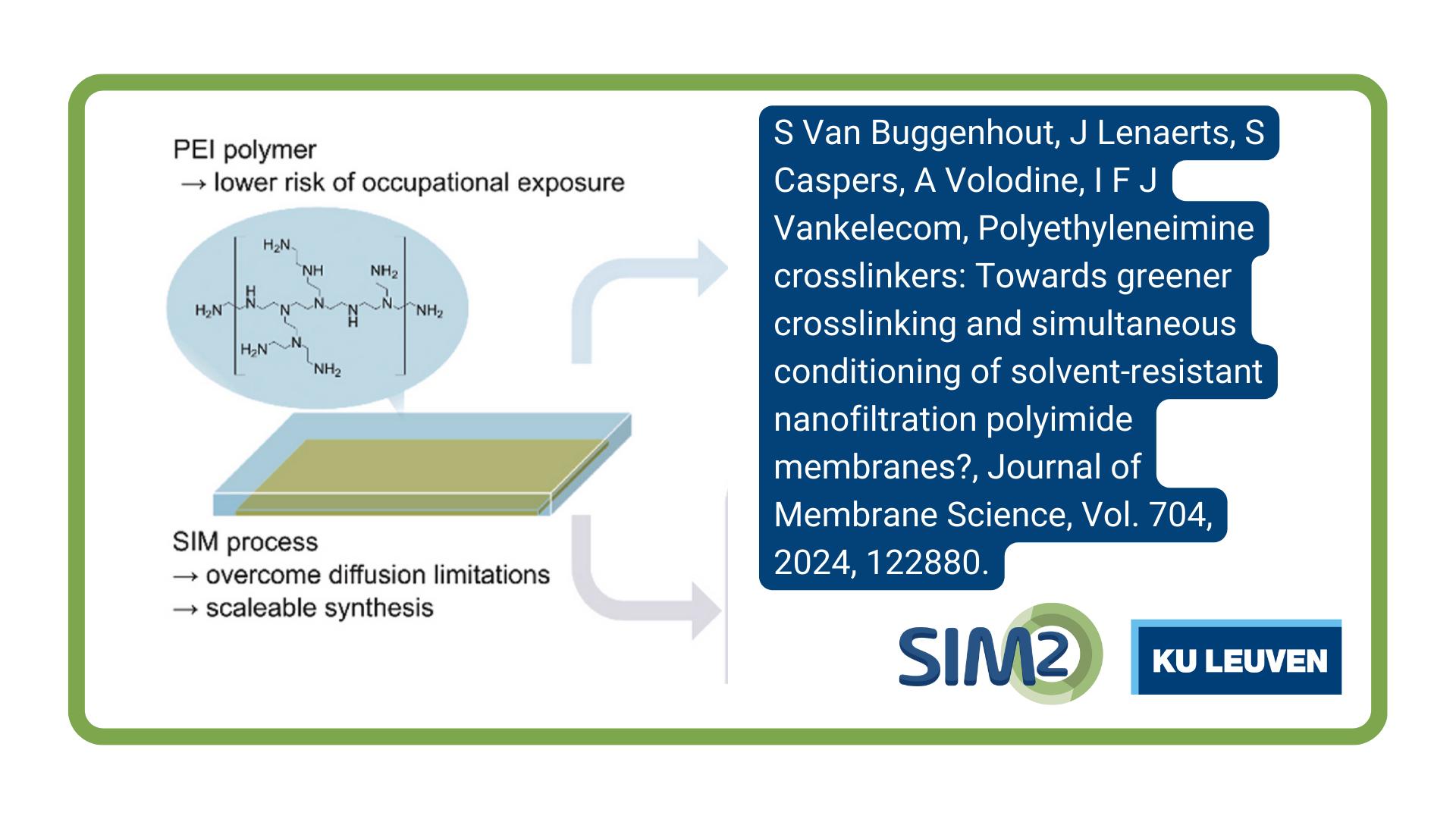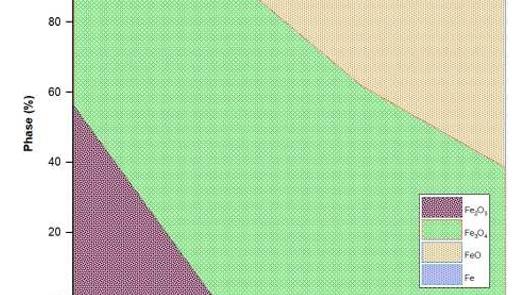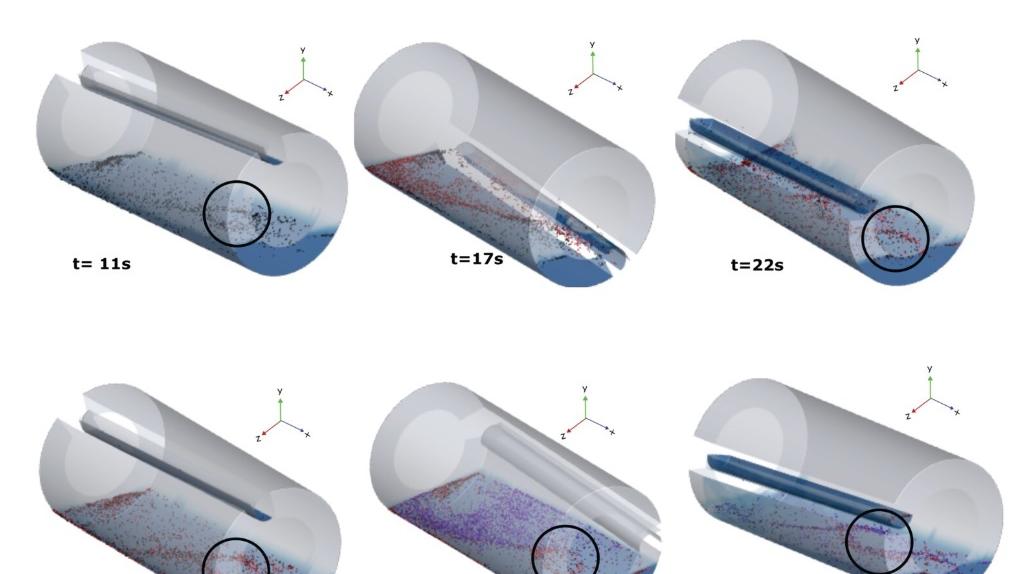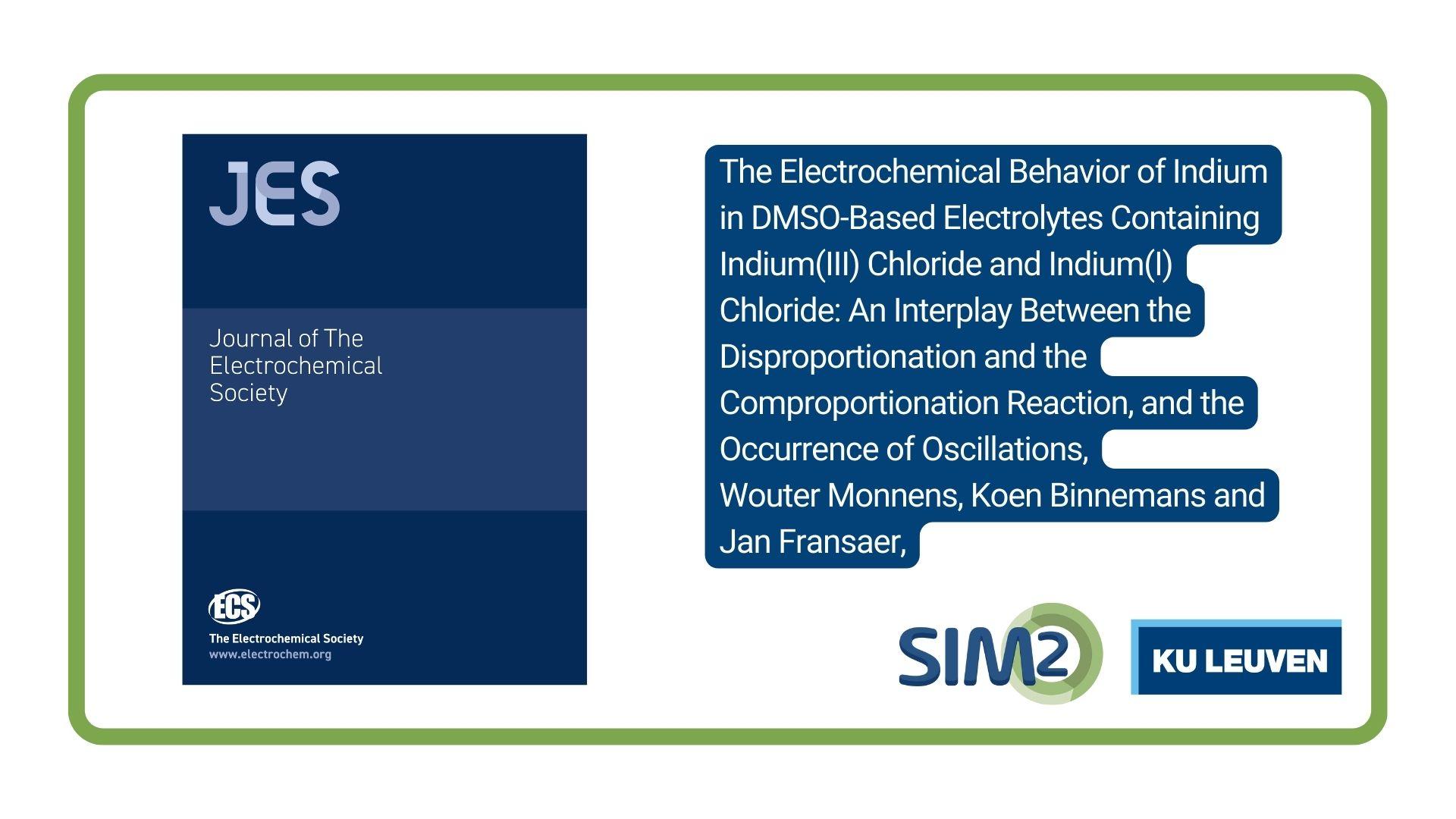Simon Van Buggenhout and colleagues from the Membrane Technology Group, Faculty of Bioscience Engineering, and the Laboratory of Solid-State Physics and Magnetism, Department of Physics and Astronomy, both KU Leuven, have published an article that looks towards the greener crosslinking and simultaneous conditioning of solvent-resistant nanofiltration polyimide membranes. The article is published in the Journal of Membrane Science.
Crosslinked polyimide is a state-of-the-art membrane material for solvent-resistant nanofiltration (SRNF) and gas separation aiming for applications that involve harsh solvents or plasticizing components in the gas stream, respectively. Preparation of these membranes usually requires a multistep procedure involving hazardous diamine monomers. In this study, two hyperbranched polyethyleneimines (PEIs) with different molecular weights (800 and 25 000 g mol−1) were explored as crosslinking agents in the simultaneous (SIM) crosslinking -procedure where crosslinking takes place during coagulation in the non-solvent bath. Because of their lower volatility compared to traditional diamine crosslinkers, the manipulation of these polymeric forms of crosslinkers is intrinsically less hazardous. It is hypothesized that the conditioning step, a required post-processing step in membrane upscaling to allow subsequent potting, handling, and storage, can be omitted when crosslinking with such polymeric crosslinkers. Results showed how presence of PEI in the non-solvent bath influenced the course of phase inversion, resulting in a range of different membrane morphologies and performances. Drying unfortunately resulted in brittle membranes which lost most of their permeance. Even when residual PEI was allowed to remain in the membrane as a conditioning agent, low dried membrane permeances were obtained. By using PEI or other state-of-the-art crosslinkers prior to drying, light was shed on the structure-performance relationships governing permeance decline when drying SRNF membranes.
Reference
Simon Van Buggenhout, Jozefien Lenaerts, Scout Caspers, Alexander Volodine, Ivo F.J. Vankelecom,
Polyethyleneimine crosslinkers: Towards greener crosslinking and simultaneous conditioning of solvent-resistant nanofiltration polyimide membranes?, Journal of Membrane Science, Volume 704, 2024, 122880, https://doi.org/10.1016/j.memsci.2024.122880
Acknowledgement
This work was supported by Moonshot Research and development program (HBC.2022.0536, RENOVATE 2), the European Union through Horizon Europe program (101058426, SYMSITES), KU Leuven (C16/23/006, C1 project) and Fonds Wetenschappelijk Onderzoek (FWO) (G0C6623 N). S.C. thanks FWO for his doctoral fellowship (1SF9823N). The authors wish to thank L. Rutgeerts and D. Op De Beeck from the Membrane Technology Group of KU Leuven for performing the zeta-potential measurements.





